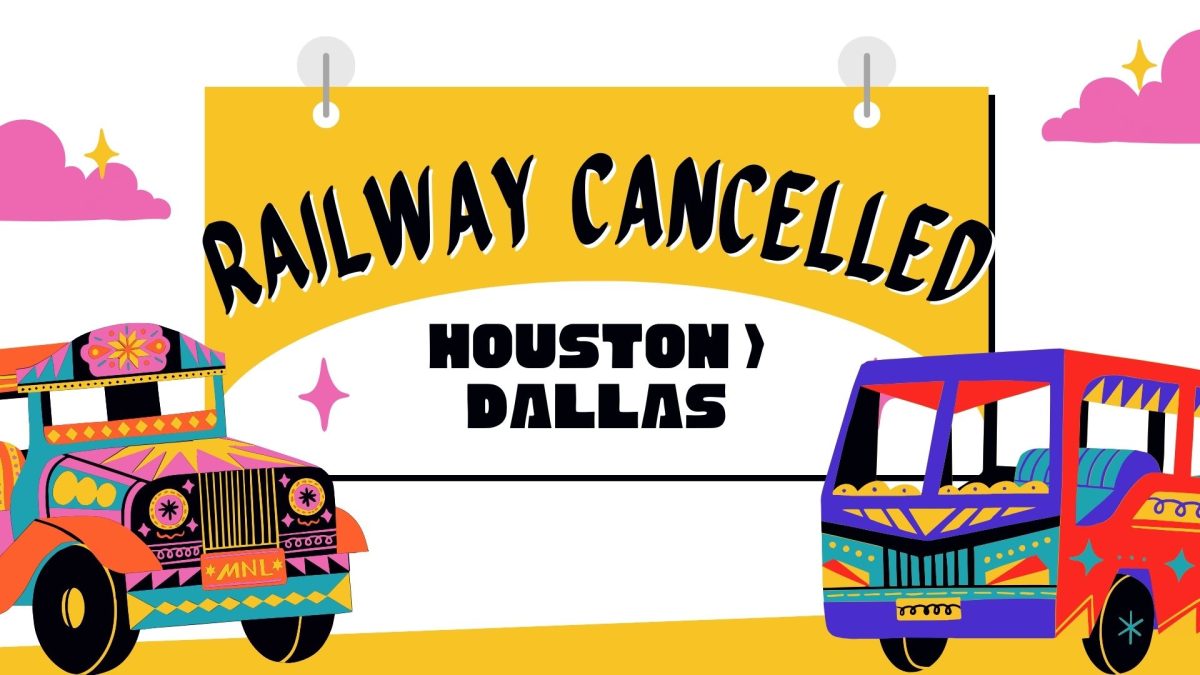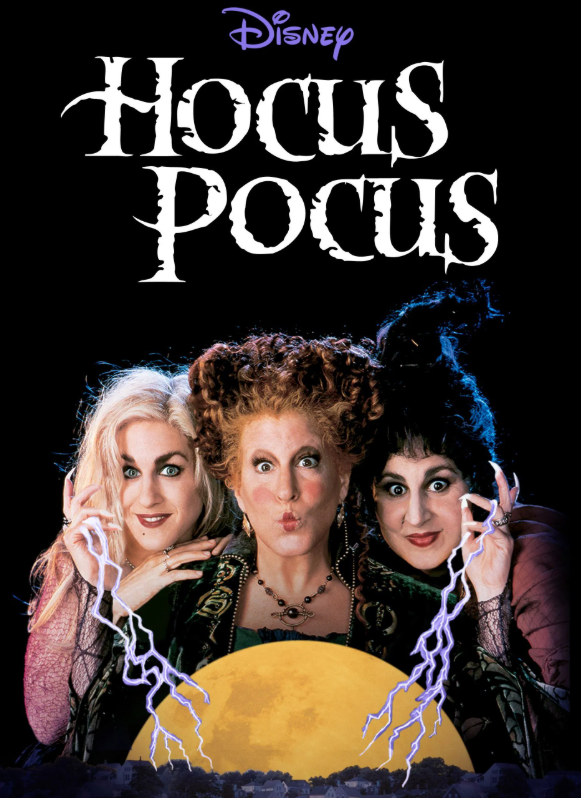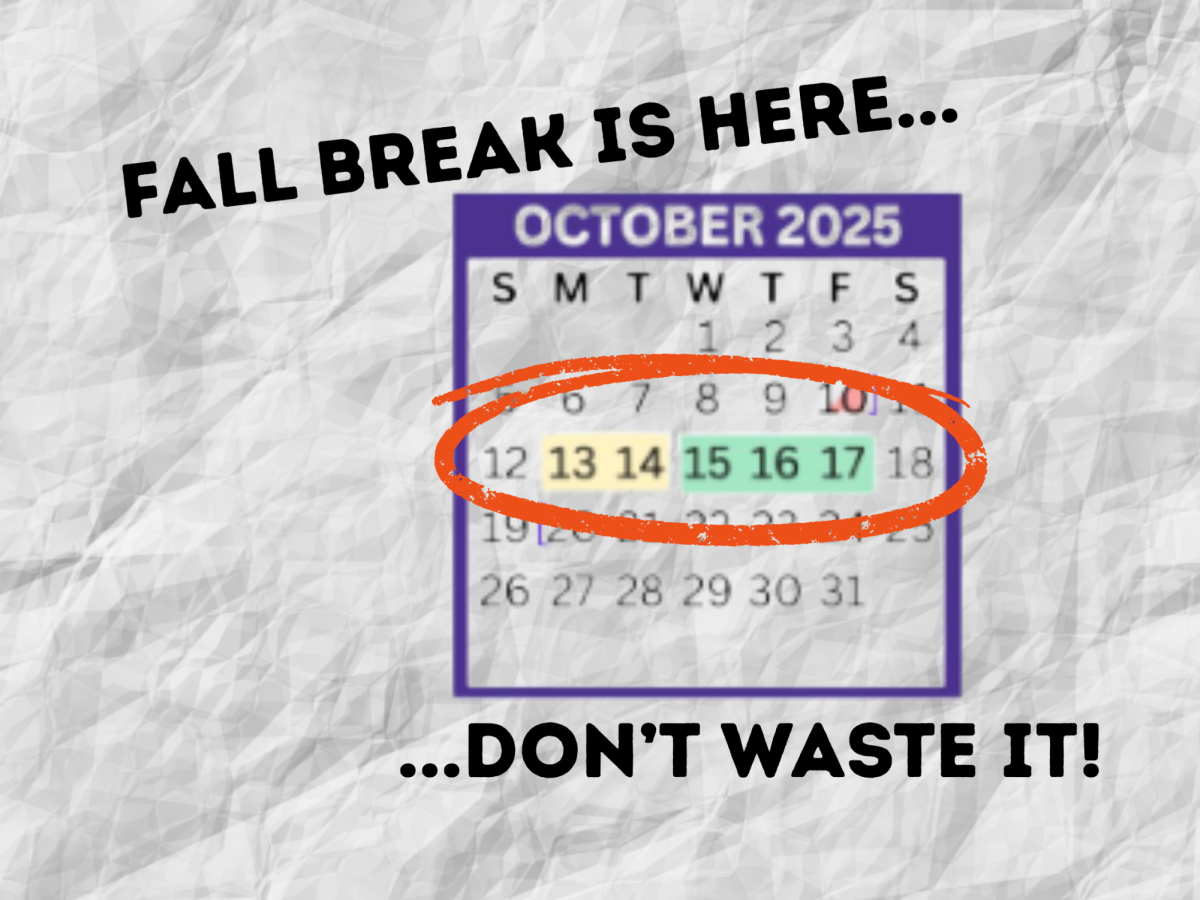On a good day, a drive between Dallas and Houston is around three hours, and on a bad day, it could push toward six to seven hours. If someone chooses to take a few train rides between them, it could be upwards of 20 hours, but a speedier form of travel was proposed. A high-speed railway that would cut the trip down to just 90 minutes was the solution made, additionally offering major improvements to the areas that’d have the railway cut through them, as funding would be provided locally, and future improvements to make it accessible locally were possible. The issue came when President Donald Trump pulled all public funds from the project, claiming it had no genuine use and instead sought a private investor for the railway.
There is irony in the statement from the current president in his history as a businessman, he’d of all people, should know no private investor would ever take up a public benefit project not based around earning more money personally. The public has always paid for these projects for that very reason, including fixing and building roads, public hospitals, and local programs for issues like food insecurity. A businessman would never invest in these because they are public, open to everyone, and there is no exclusive factor that makes a great business, because it is never supposed to be a business.
Public transportation in the United States is already known to be lacking in almost every format compared to its foreign allies, with only a few cities at best providing the option. Part of this is since updating the systems to accommodate public transportation would no doubt cost money, but for local governments, public transportation, due to its accessibility, is a major source of revenue. In New York alone, the MTA(Metropolitan Transportation Authority) amasses close to $7 billion in revenue in just one year; Texas road tolls only make around $1 billion a year in comparison. The size of Texas is a factor in this matter, but it also means major public transport options that were fast and accessible would likely increase revenue greatly due to how valuable it would be when it takes 16+ hours to make it from one end of the state to the other.
Starting would be expensive, there is no doubt it that, but the profit it could offer for state revenue, so long as maintained, is also no doubt a benefit a state growing so fast can’t deny. Currently, Texas sees a $147.9 billion investment in transportation as of September. The railway project was projected to cost only $40 billion in comparison. With all this information, the question can be raised why the U.S. government and state governments haven’t taken into consideration the large variety of benefits. The U.S. is falling further behind in transportation quality and advancements, and it’s about time government officials take another look at the consequences waiting to pick it up can have, rather than try and reap benefits now as it should be.














